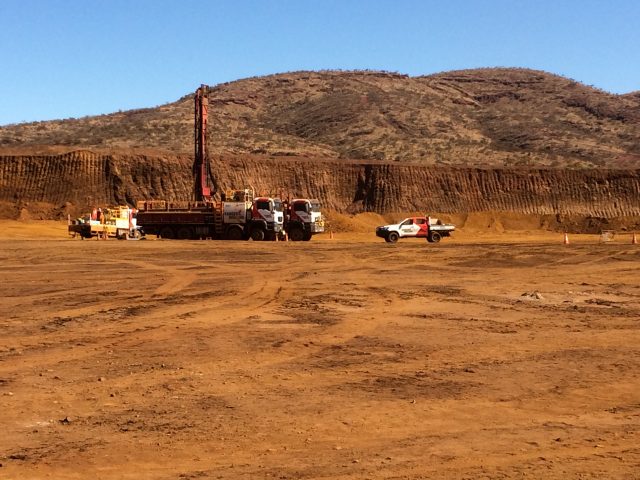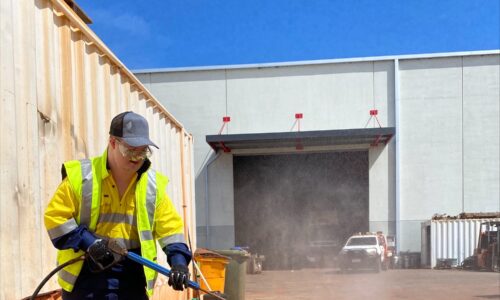Ranger Drilling. A Finalist in the 2019 Work, Health and Safety Awards
We’re very pleased to announce that Ranger Drilling has been nominated as a finalist in the ‘best workplace health and safety initiative’ category at the 2019 Work Health and Safety Awards.
For many of you who have worked with Ranger, you’ll know just how seriously we take health and safety. This nomination is great recognition of the countless hours and tireless efforts undertaken by many members of the Ranger team.
Our ‘Hydration and Heat Illness Program’ (for which we have been nominated), is just one example of how we’re trying to improve health and safety behaviours within our industry.
How our ‘Hydration and Heat Illness Program’ began.
We identified that conducting manual works in extreme heat conditions was a high-risk environment for drill crews. Although we provided ice water, electrolytes, vehicles with air-conditioned cabs, shade and training, we still had personnel reporting with heat-related illnesses.

Identifying ways we could correct this, we decided to take a holistic approach on how we could best mobilise personnel and improve personnel self-management in hot environments.
These include/d:
- staging acclimatisation regimes based on experience and the amount of hours worked in environments with an ambient temperature reading greater than 30C.
- developing hydration actions, tests and tools dependant on an individual’s urine specific gravity test result.
- providing urine pen refractometers to all rigs, and developing a testing regime based on the number of days on site, experience, and exposure to ambient temperatures greater than 35C.
- developing an intensive on-line hydration and heat illness training program for all personnel.
- implementing regular hydration tests in the summer months, and monthly during the winter months.
The program was rolled out in March 2018 by senior management at a safety roadshow involving all operational rig teams.
Rolling out the program was a team effort.
The development of the program involved a high level of consultation and involvement with our employees, including:
- developing an acclimatisation regime ensuring personnel were not left out-of-pocket.
- reviewing and providing feedback on all procedural changes prior and post-publication.
- participating in training videos.
- participating in heat illness emergency drills.
- mentoring new employees in the programs requirements.
Improvements in personnel knowledge has increased since the project’s inception and was highlighted during heat illness emergency drills conducted across several sites.
To ensure the continuation of Ranger’s ‘Hydration and Heat Illness Program’ it has now been embedded into the company’s ‘New Starter Program’ and ‘Field Leadership Program’.
What sets this program apart?
The program combines a variety of wellbeing initiatives, from acclimatisation to training, emergency drills and personal responsibility, to create a smooth and measurable process.
The program empowers individuals to take responsibility for their own hydration testing and provides them with the education and tools necessary to identify and treat other suffering from heat-related illnesses.

We also designed and built easy-access hydration stations for visitors and clients on each of our rigs. These hold hydration equipment and contain instructions for actioning treatment, hydration testing and results recording.
The results.
Ranger employees now have a much better idea on how much hydration is required while working in extreme temperatures.
The program was very well received and in the 13 months since its rollout, our workforce of ~110 employees have participated in 37,173 tests – with not one person requiring hydration treatment. And all this in an environment where the average monthly ambient temperature was above 35C.
Where to next?
Continuous testing and research has helped us further refine and improve our ‘Hydration and Heat Illness Program’. During the 13 months since the program began, we have discovered many new factors that will not only improve the program’s effectiveness but also continue to shape how we approach health and safety on site.
Through building on research and developing programs that benefit not just the health and wellbeing of our employees, but that of our clients as well, we aim to create and promote positive environments for all.

